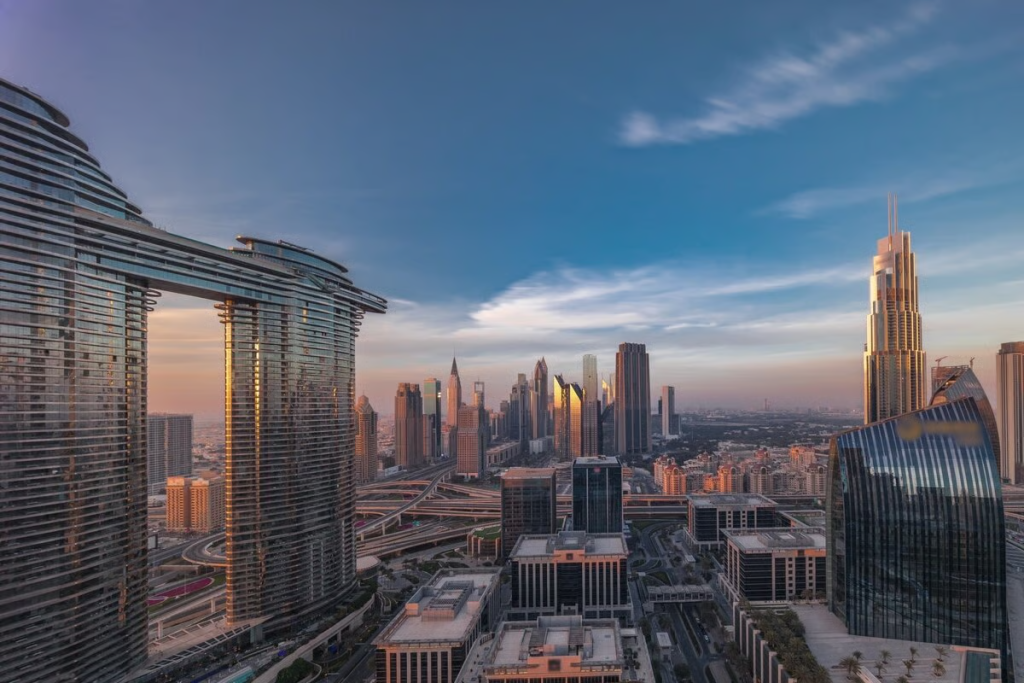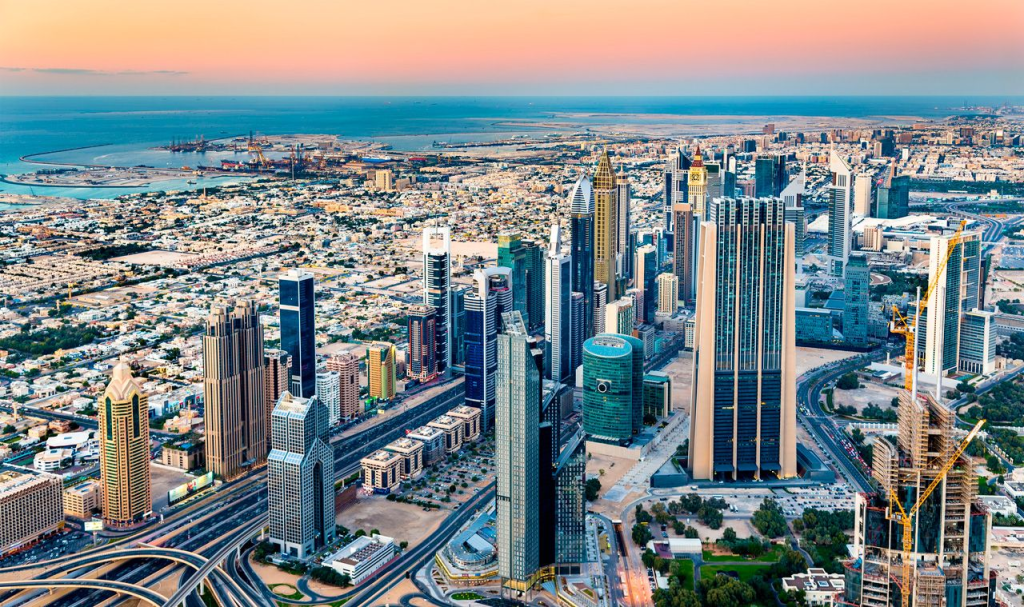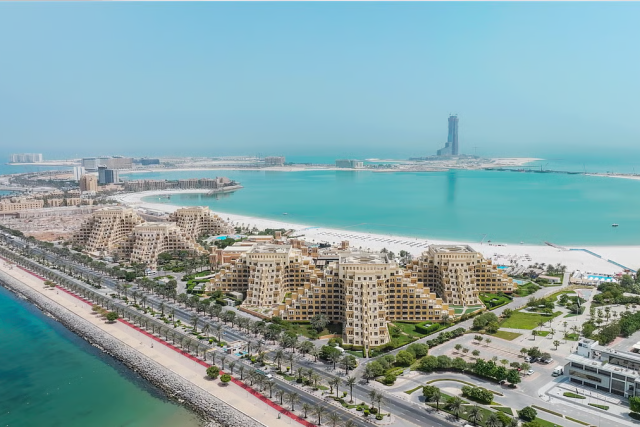
Dubai’s Commercial Property Boom Accelerates as Office Demand Hits New Highs

The commercial real-estate landscape in Dubai is entering a phase of robust acceleration. With sales volumes and values climbing, vacancy rates falling, and demand for high-quality office space surging, Dubai is increasingly being viewed not just as a regional business hub but as a global node for commercial real-estate investment. Recent data underscores this shift: in the third quarter of 2025 alone, commercial property sales reached AED 30.38 billion, a 31 % year-on-year increase, with the office segment leading the charge.
In what follows, we explore the drivers behind this boom, key market dynamics, implications for investors and tenants, and what to watch for going forward.
1. The Numbers That Tell the Story
- Commercial property sales in Q3 2025 hit AED 30.38 billion, a 31 % increase compared to the same quarter last year.
- Within that, the office market alone recorded AED 3.1 billion in sales across 1,153 units — up 93 % year-on-year and 18 % from the previous quarter.
- Transaction volumes rose: office deals increased 19 % quarter-on-quarter and 45 % year-on-year.
- Secondary office selling prices rose to AED 1,685 per sq ft in Q3, up 19 % year-on-year — the highest in more than a decade.
- The pipeline of new office supply remains modest: by the end of 2026, about 415,000 sq m of new office space is expected.
These figures illustrate both strong demand and tight supply — a potent combination for pricing pressure and value escalation.
2. What’s Driving the Surge?
a) Global Business Inflows & Relocations
Dubai’s strategic geography, business-friendly regime, free-zones, and tax advantages continue to draw multinational companies, regional headquarters and start-ups alike. Many firms are actively expanding their presence in the Middle East, and Dubai is a major beneficiary. For example, strong occupier activity in finance, technology, media and professional services is repeatedly cited as fueling office demand.
b) Grade-A Office Scarcity
High-quality “Grade A” office space—towers with the best amenities, infrastructure connectivity, sustainability credentials—is increasingly difficult to secure in key districts such as Dubai International Financial Centre (DIFC), Business Bay and Jumeirah Lakes Towers (JLT). Reports indicate vacancy rates in prime zones are at historic lows.
This supply constraint amplifies competition among tenants and investors chasing the same scarce assets.
c) Investor Confidence & Asset-Portfolio Diversification
Beyond leasing demand, investors are recognising commercial assets (especially offices) as an attractive asset class—less exposed to some of the risks of residential real-estate (such as oversupply) and often offering strong capital-value upside. Off-plan commercial deals, for instance, are gaining traction.
d) Macroeconomic & Policy Tailwinds
Dubai’s economy is supporting this growth: for example, business registrations are rising and infrastructure enhancements continue. Combined with policy reform, free-zone growth, connectivity improvements and global trade flows, the underlying fundamentals are favourable.
3. Market Dynamics – What’s Changing

- Rental escalation: As occupancy tightens and prime office stock becomes scarcer, rental rates are being driven upward. For example, in 2024 some reports showed 25 % year-on-year rises in Grade A rent in key districts.
- Value appreciation: The sharp rise in sales prices (e.g., up to AED 1,685 per sq ft for secondary offices in Q3) indicates capital value growth is underway.
- Shift towards quality & sustainability: Modern tenants prioritise flexible layouts, ESG credentials, smart infrastructure and prime locations. Buildings with these features attract premium pricing.
- Off-plan commercial take-up: The off-plan segment for commercial (office and retail) saw ~AED 1.86 billion across 640 deals in Q3 for Dubai.
- Geographic concentration: Areas such as Business Bay, JLT, Majan, Jumeirah Village Circle (JVC) and Barsha Heights are emerging as hotspots for commercial transactions.
4. What This Means for Investors, Owners & Tenants
Investors & Owners
- Opportunity: With values rising, early-entry investors in prime commercial assets stand to benefit from capital appreciation and rental upside.
- Risk-reward balance shifting: Because demand is high and supply constrained, the risk of long vacancy is lower in core assets.
- Asset quality matters: Grade A, well-located, sustainable buildings will outperform more generic inventory.
- Liquidity & pricing: Higher values mean entry costs are rising; investors will need to assess yield profiles carefully given rising capital values.
- Exit strategy: With transactions increasing, the market is becoming more active — offering potential for exit or repositioning.
Tenants & Corporates
- Cost pressure: As rents rise and premium supply tightens, organisations need to act earlier, consider long-term leases or even purchase as an alternative.
- Location advantage: Being in strategic business districts with connectivity and talent access becomes more important.
- Flexible space demands: With hybrid work models, flexibility in office design and lease terms will increasingly matter.
- Consideration of ownership: For some tenants, purchasing rather than leasing may become more appealing in a rising-rent environment.
5. What to Watch—Risks & Future Outlook

Supply pipeline & timing
While the pipeline of new office space in Dubai is modest relative to demand (e.g., 415,000 sq m by end‐2026) , timing and quality of delivery will matter. If many new buildings come online simultaneously, rental growth may moderate.
Global economic conditions
As with all real-estate markets, macroeconomic headwinds (e.g., global growth slowdowns, interest-rate hikes, geopolitical risk) could dampen demand or slow investment flows into Dubai.
Sub-market segmentation
Not all commercial space will perform equally. Secondary or tertiary locations lacking amenities, or older buildings without modern specifications, may lag. Investors will need to differentiate.
Tenant behaviour & hybrid working
Office demand is still growing, but hybrid work models remain an important variable. The nature of occupancy (density, layout, amenity expectation) will evolve, meaning that simply “space” is less important—“quality of space” increasingly is.
Regulatory / policy shifts
Any changes to visa policy, corporate taxation, free-zone status or property regulation in Dubai could impact the attractiveness of the market. Monitoring such developments is prudent.
6. Final Thoughts

Dubai’s commercial property market—particularly the office segment—is clearly on a strong upward trajectory. The data points to rising demand, tightening supply, and value appreciation for high-quality assets. For investors and corporates alike, Dubai is not simply a “nice to have” location any more—it is becoming a must for regional headquarters, corporate expansions and long-term property allocation.
However, success in this environment will depend on location, asset quality, timing, and strategy. With premium space in demand and costs rising, those who are early, strategic and selective are most likely to benefit. Tenants must move quickly, and investors must focus on top-tier assets with strong fundamentals.
For those considering diving into Dubai’s market now or over the next 12–24 months, the message is clear: Actively evaluate, differentiate between grade of asset, and don’t simply assume all commercial space will perform equally.
In summary: Dubai’s office-led commercial boom is real, sustained, and offering compelling opportunities—but it comes with rising stakes and increasing competition. The winners will be those who move decisively and thoughtfully.




Leave a Reply